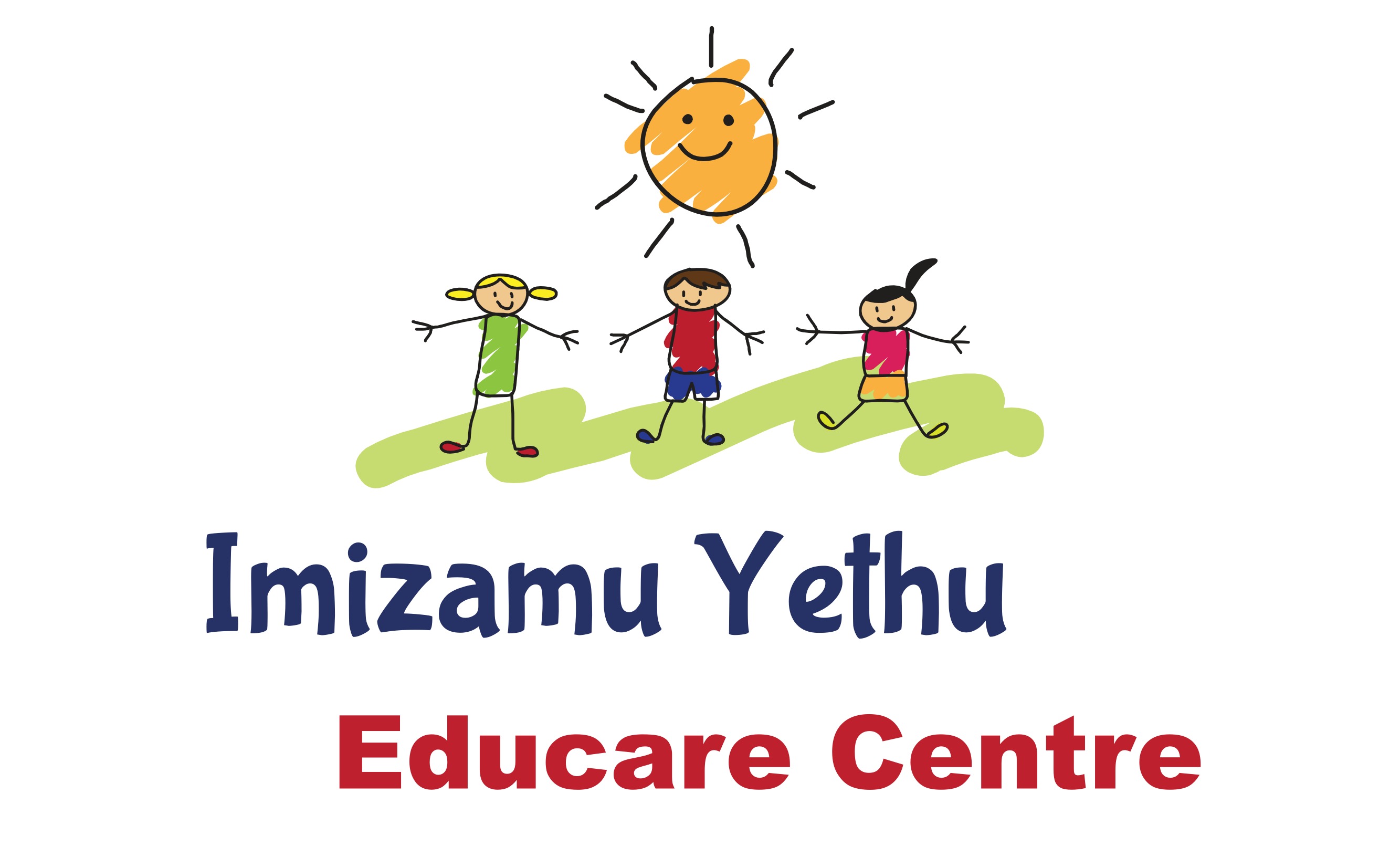Townships
In general, the South African meaning of township refers to a (often underdeveloped) urban residential area in which the non-white inhabitants used to live during times of the Apartheid (mostly blacks and coloureds, but also people from the Indian working class). Usually the townships have been built at cities‘ outskirts.
Whilst Apartheid, blacks were not allowed to stay in areas which were reserved for ‚whites only‘, so they had to move to one of the townships. Since this regime has come to an end in 1994, all segments of population have been allowed to choose freely on where to live, but many people are still being expelled from the inner city. The difference to the former political era can be seen in the fact, that in past times all black sections of population were affected whereas nowadays mainly the poor and homeless inhabitants are forced to live in one of the townships.
Since 1994, a large amount of the old townships have experienced an enormous buildup. Many new houses have been constructed, and relatively wealthy middle-class-residents have made the decision move to one of the townships. The areas they stay in, are accepted as normal districts. Therefore a slum should not be mistaken for a township – or even identified with it.
Still, some townships – especially in close vicinity to central cities as Johannesburg or Cape Town – find large informal settlements attached. Here a huge number of inhabitants share little space. Most of them have built their huts from wood or corrugated iron. They are not equipped with electricity or running water and do live under bad hygienic circumstances.Violence and crime is extremely wide-spread and part of their daily life. The large unemployment rate of 30-60% (especially amongst young people) is considered to be the main reason for the unusually high readiness to resort to violence. Besides, those areas are developed in an insufficient way: by dark streets and lacking access to public transport safety is endangered. After tuberculosis, murder is the main cause of death in the settlement. Looking at statistics, 300 out of 100.000 residents are murdered annually – the average within the whole of South Africa amounts 48 per 100.000 of the population. Other main criminal offences are rape, break-ins and robberies. Referring to women and kids being victims of domestic violence, to name numbers is extremely difficult. In many cases the suspects are family members or friends which results in the fact that they are not being reported to the police.Many of those residents who moved to the settlement within the past ten years, don’t identify themselves with the area they live in. There are hardly common activities as there are no public buildings the inhabitants feel related to. Furthermore parks and green spaces are missing also. Within the settlements the opportunity of getting paid work is zero, and governmental funds or private social services are hardly at people’s disposal.

